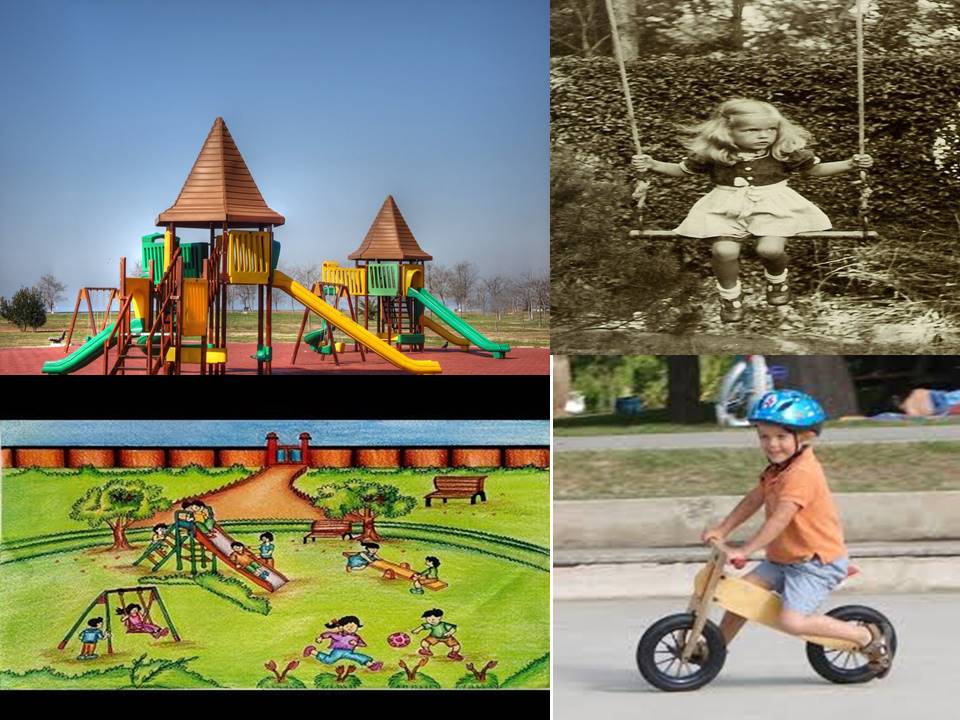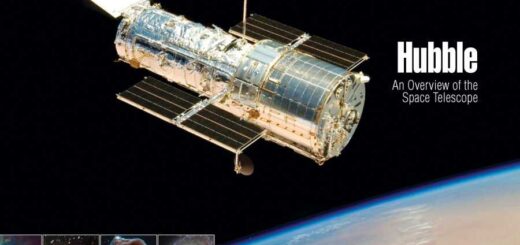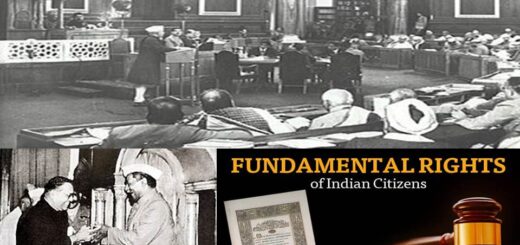Motion

Summary
When we observe all these pictures we can see all are in motion. They are moving from one place to other
Motion:Motion is the change in position of a body with respect to time.Motion can be described in terms of the distance moved, displacement, Velocity, Acceleration, Time and Speed.
We might have noticed that different objects move differently. Some objects move in a curved path, some in a straight path and a few others in a different way. According to the nature of the movement, motion is classified into three types as follows.
Types of motion

There are three types of motion they are,
1.Rectilinear motion or motion in straight line
2. Circular motion
3. periodic Motion or Oscillation
This type of motion is called Rectilinear motion or motion along a straight line.
Ex: march past, athlete running in a track, vehicles moving in a straight road.
Circular motion:Observe the fan, it will be in a fixed position but blades moves around, From these we can observe that the distance of this point from the centre of the fan or the will remain the same as they rotate. This type of motion is called circular motion.

Ex: marry go round, electrons in atoms, giant wheel
In some cases objects repeats its motion after some time like clock pendulum, swing, guitar strings.The to and for motion of these objects is called periodic motion or oscillation.
An object or a part of it repeats its motion after a fixed interval of time we can observe sewing machine also Ex: pendulum in clock, swing, spring.
DISTANCE TRAVELLED: It is the actual length of the path travelled by the body. It has magnitude but no direction.
DISPLACEMENT: It is the shortest distance travelled by the object. It has both magnitude and direction.
Ex: If A start moves from 0 to 4 and again he travel towards -2 and he reach at -2 now find the distance travelled by A and displacement of A.

Distance travelled by A is 10 units here we will take only the magnitude with out direction and sign

But displacement of A is -2 units here we will consider both magnitude and direction and we will see the final position of the object.
Distance and Displacement
Distance: Length of the actual path taken to go from sources to destination.
Displacement: Length of the straight line joining he sources to destination or in other words the length of the shortest distance.
Example: If a boys walks from B to D(arc) in a circular path, the distance will be the semicircle of the circle, while the displacement will be the diameter BD.

It is common experience that the motion of some objects is slow while that of some others is fast.
We know that some vehicles move faster than others. Even the same vehicle may move faster or slower at different times.
If vehicles are moving on a road in the same direction, we can easily tell which one of them is moving faster than the other.
The distance moved by objects in a given interval of time can help us to decide which one is faster or slower.

Imagine that you have gone to see off your friend at the bus stand. Suppose you start pedalling your bicycle at the same time as the bus begins to move The distance covered by you after 5 minutes would be much smaller than that covered by the bus. Would you say that the bus is moving faster than the bicycle?
In a 100-metre race it is easy to decide whose speed is the highest. One who takes shortest time to cover the distance has the highest speed.
SPEED:
A speed is the Distance covered by an object in a unit time. A slow moving object is said to have a low speed and a fast moving object is said to have high speed.
Therefore, the formula for calculating the speed of an object can be given by
Distance travelled
Speed = Time taken
e.g. If a car travels a distance of 100 km in 2 h, then the speed of this car is given by
Speed = 100km
2h = 50 km/h
Non-Uniform and Uniform Motions:
An object moving along a straight line with a constant speed is said
to be in uniform motion. In this case, the average speed is the same as the actual speed.




























